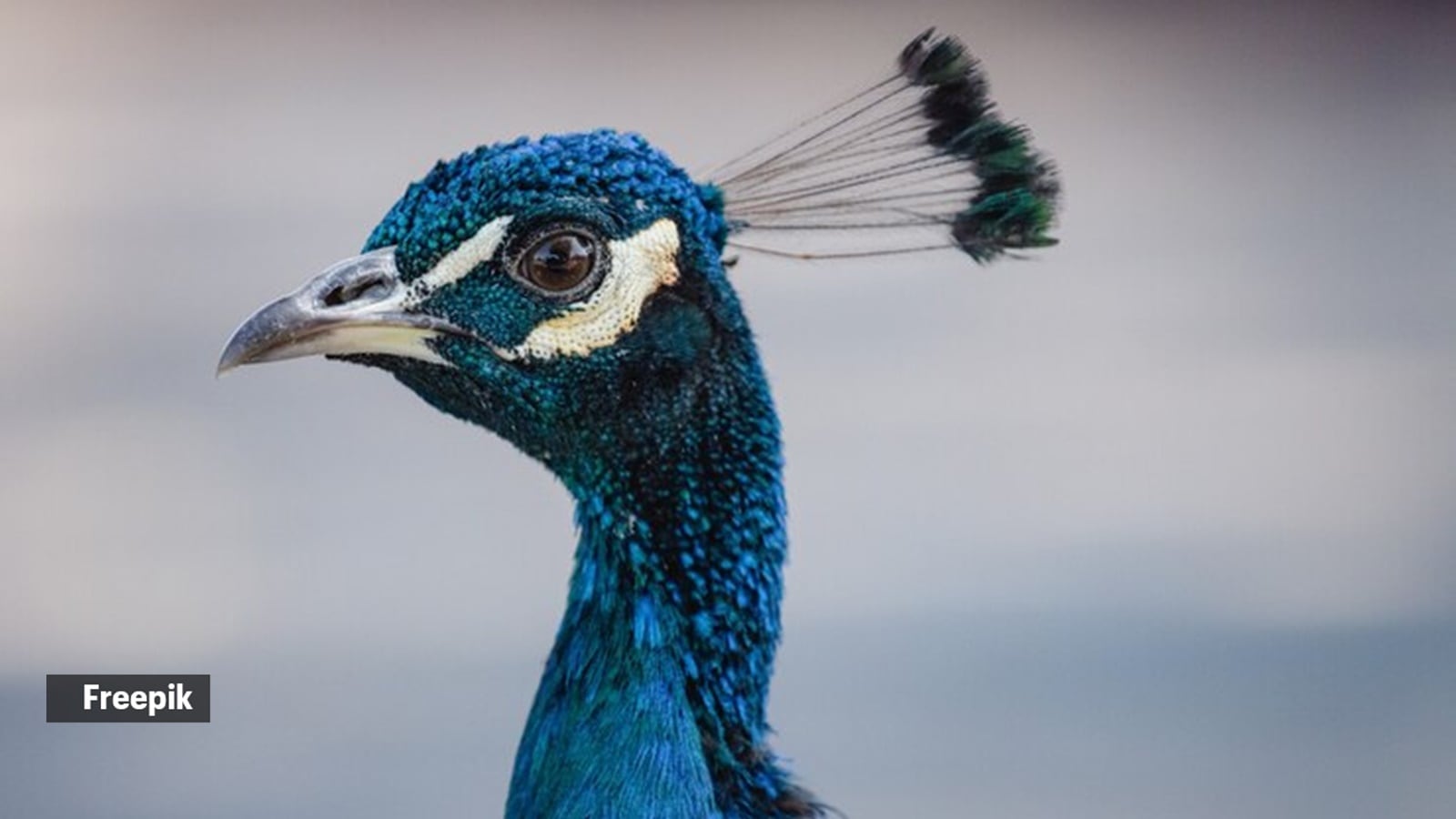📣 For more lifestyle news, click here to join our WhatsApp Channel and also follow us on Instagram
5 unique animals that are blue in colour
While some plants can produce blue pigments because of anthocyanins, most creatures in the animal kingdom are unable to make blue pigments.
 A Blue Dart Frog (Source: Freepik)
A Blue Dart Frog (Source: Freepik)Blue is one of the rarest occurring pigments found in nature. Sure, the sky and the ocean are blue, while green, yellow, and red animals are abundant, almost no blue animals exist.
Blue’s elusive nature can be attributed to the fact that there exists a relatively narrow range of pigments that cause colouration in animals. While some plants can produce blue pigments because of anthocyanins, most creatures in the animal kingdom are unable to make blue pigments. Thus, the colour blue in animals is typically the result of structural effects, such as iridescence and selective reflection.
Let’s take a look at some unique animals that show up in Azure:
1. Blue Jay
The blue jay (Cyanocitta cristata) produces melanin, a black pigment, meaning that its feathers should appear black. However, tiny air sacs in the bird’s feathers scatter light, quite similar to the Rayleigh scattering which makes the sky appear blue to our eyes. Damaged blue jay feathers appear black as all traces of blue disappear when the light scattering is disrupted.
2. Blue Iguana
The blue iguana, native to the island of Grand Cayman, are intricately patterned but barely blue, with only some parts of their bodies maintaining a pale blueish-gray colour. As they mature, they become more blueish. A blue iguana will only make itself blue when it comes in contact with other members of its species either to communicate with them or to establish its territory. Males of the species also tend to have a more pronounced blue colour than females do.
 Peacocks are blue to attract mates. (Source: Freepik)
Peacocks are blue to attract mates. (Source: Freepik)
3. Mandarin Dragonet
The mandarin dragonet is a brightly-coloured fish from the Pacific Ocean that is one of only two vertebrates whose blue colouration is a result of cellular pigment rather than structural colouration. The mandarin dragonet’s skin contains cells known as cyanophores that contain organelles called cyanosomes that produce blue pigments.
4. Blue Poison Dart Frog
The blue poison dart frog is found in the forests of southern Suriname and northern Brazil in South America, and its blue colouration warns predators that it is poisonous. This is the result of a phenomenon known as aposematism, and is caused by the structure of its skin cells.
Frog skin has a layer of cells called xanthophores, which produce yellow pigments and rest on top of a layer of cells called iridophores. However, the blue poison dart frog has reduced xanthophores, meaning that almost no yellow pigment is produced in its skin. Thus, the blue light scattered by the iridophores never mixes with yellow pigment, making the frog appear blue.
5. Indian Peafowl
The Indian peafowl (Pavo cristatus) is an iconic bird found in the Indian subcontinent. Only male peacocks possess such bright blue and green feathers. Female peafowls, known as peahens, have only a few green feathers on their necks and are mostly dull brown in colour. The bright colouration of the males is likely a result of sexual selection, as brightly coloured peacocks are more attractive to peahens and are thus more likely to find mates.
📣 For more lifestyle news, click here to join our WhatsApp Channel and also follow us on Instagram



- 01
- 02
- 03
- 04
- 05























